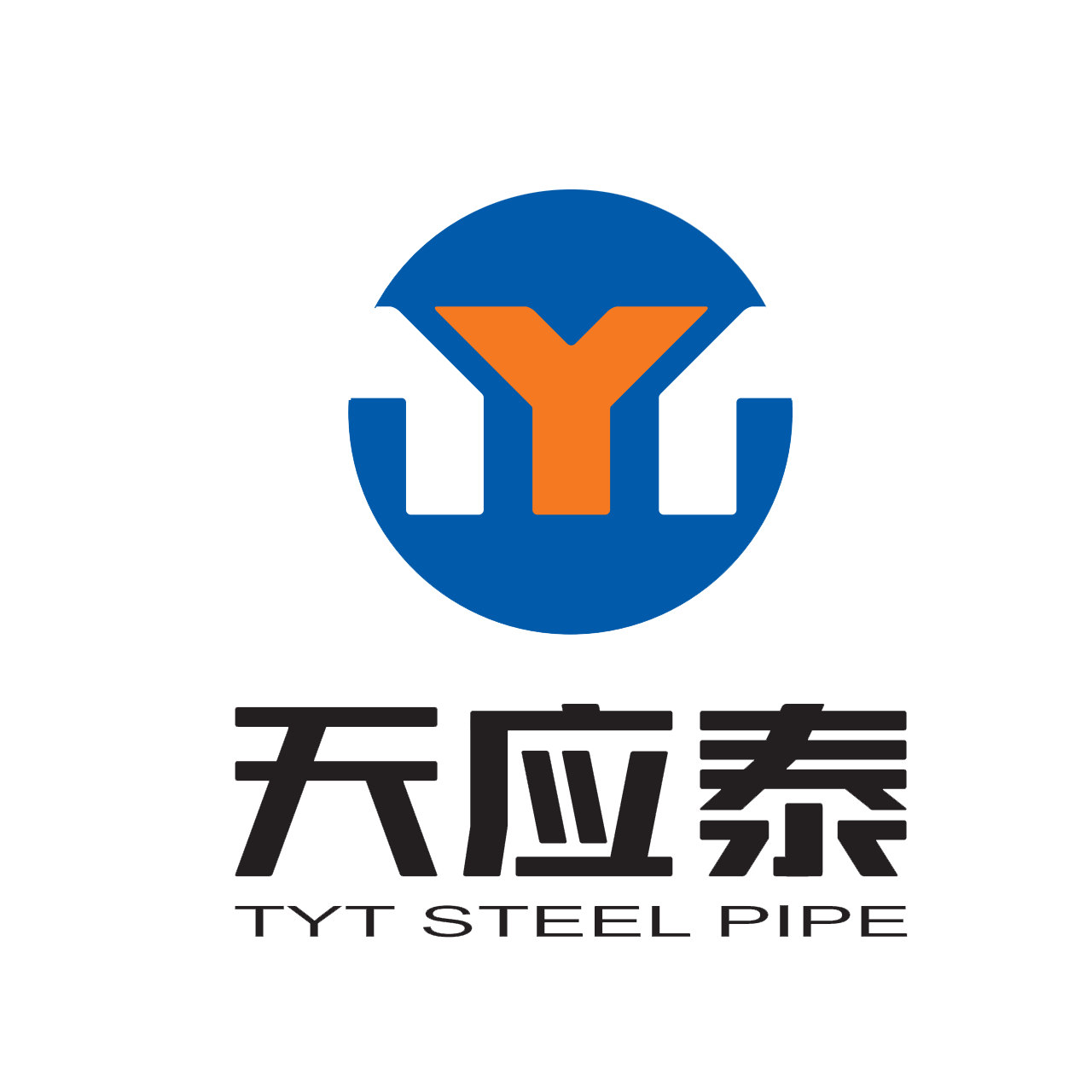Mild steel, also known as low carbon steel, is a type of carbon steel with a low amount of carbon content, typically ranging from 0.05% to 0.25%. This composition makes mild steel one of the most versatile and widely used materials in various industries due to its excellent formability, weldability, and affordability.
It is favored for its moderate strength and ductility, making it suitable for a wide range of applications. Unlike high carbon steels that are strong but brittle, mild steel offers a balance between strength and flexibility.
The presence of small amounts of other elements such as manganese, sulfur, phosphorus, and silicon can further enhance specific properties of mild steel based on the desired application. Understanding the characteristics and limitations of mild steel is crucial for engineers and manufacturers to ensure optimal performance and safety in their projects.
Importance of Understanding Limits in Mild Steel Applications
The limits in mild steel refer to the boundaries within which the material can perform effectively without failure or compromise in structural integrity. These limits encompass factors such as tensile strength, yield strength, ductility, hardness, fatigue resistance, and corrosion resistance that dictate the behavior of mild steel under different conditions.
By comprehending these limits, engineers can make informed decisions regarding material selection, design considerations, and operational parameters. Failure to recognize the limits of mild steel can result in catastrophic consequences such as structural collapse or equipment malfunction.
Therefore, a thorough understanding of how various factors influence the performance of mild steel is essential for ensuring reliability and longevity in applications spanning construction projects to automotive components. By delving into the nuances of mild steel limits with precision and foresight, stakeholders can unlock the full potential of this ubiquitous material while mitigating risks associated with its usage.
Tensile Strength: The Backbone of Structural Integrity
Mild steel is renowned for its excellent tensile strength, making it a preferred choice in various structural applications. Tensile strength refers to the maximum stress a material can withstand before breaking under tension. In the case of mild steel, its tensile strength typically ranges from 400-550 MPa, depending on the grade and manufacturing process.
This property is crucial in ensuring that structures can resist external forces and loads without experiencing catastrophic failure. Moreover, the tensile strength of mild steel plays a pivotal role in determining the overall safety and reliability of engineering components.
Yield Strength: The Point of Plastic Deformation
Yield strength is another critical mechanical property of mild steel that signifies the stress level at which plastic deformation begins without causing permanent damage to the material. Unlike tensile strength, yield strength indicates the limit at which mild steel transitions from elastic behavior to plastic deformation.
Typically ranging between 250-410 MPa for mild steel, yield strength is essential in predicting how a material will behave under load and designing structures with appropriate safety margins. Understanding the yield strength of mild steel enables engineers to determine operational limits and establish suitable factors of safety in their designs.
By considering this property alongside other mechanical characteristics, such as ductility and toughness, professionals can ensure that structures exhibit desired performance attributes while avoiding premature failure or excessive deformation under typical service conditions. Yield strength serves as a crucial parameter in material selection processes, guiding engineers towards optimal choices for enhancing structural integrity and long-term reliability.
Composition of Mild Steel Alloys
One of the key factors influencing the limits of mild steel is its alloy composition. Mild steel typically contains a low carbon content, making it relatively soft and malleable compared to other types of steel.
The presence of other alloying elements, such as manganese, silicon, and sulfur, can impact the material properties of mild steel. For example, increasing the carbon content can enhance the hardness and tensile strength of mild steel but may reduce its ductility.
Understanding the precise composition of mild steel alloys used in various applications is crucia
